Colorado, United States
Joined: January 25, 2004
KitMaker: 11,669 posts
AeroScale: 11,011 posts
Posted: Wednesday, July 25, 2012 - 12:53 PM UTC
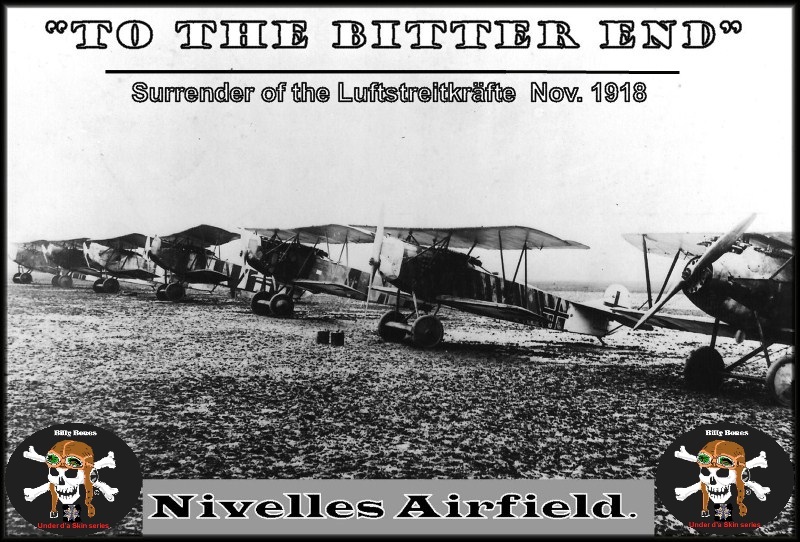
As part of the Armistice the guns were to fall silent on 11 November 1918 at the 11th hour. For the elements of the German Fliegertruppe there were five collection points for specific units to fly to and turn in there aircraft. These collection fields were manned by allied personnel. The venue chosen for this diorama is Nivelles Belgium over-seen by British Personnel. Nivelles was originally the location for Jastaschule II (Fighter aircraft school #2.) Allied personnel watched as elements of the German Fighter units landed, exited their machines and lined up in formations to march to the nearest train station. Unique to this location were the additional chalk embellishments on the sides of each machine. The name of the pilot and the victory score he was responsible for. This soon ordered removed by allied authority. "Conditions of the Armistice" article IV. Surrender in good condition by the German Armies of the following war material:
5,000 guns (2,500 heavy, 2,500 field).
25,000 machine guns.
3,000 trench mortars.
1,700 fighting and bombing aeroplanes-in the first place, all D7's and all night-bombing aeroplanes. Conditions of the Armistice As we begin this journey let me encourage you to pick up any or all fo the Albatros Pub. Ltd. series called "Anthology". ". . .The most important thing is to know why you build and then get the most that you can out of building." via D.D.
Colorado, United States
Joined: January 25, 2004
KitMaker: 11,669 posts
AeroScale: 11,011 posts
Posted: Wednesday, July 25, 2012 - 01:03 PM UTC
In the beginning (2005), I had;
1. Eight DML / Dragon, 1/48 scale, Fokker D.VII kits.
2. Two Jager 1/48 scale Fokker D.VII kits.
3. Six Roden 1/48 scale Fokker D.VII kits.
4. Aftermarket decal sets for over thirty 1/48 scale Fokker D.VII schemes.
Rather than build a display with just a few machines in common I decided to take as many machines as I could and put them in the same venue for a diorama. To be reasonably accurate I decided to stick with a grouping of aircraft turned in to the allies at the war’s end. As noted earlier I had chosen Nivelle Belgium. Armed with some good research done by myself and some great friends (Dan San Abbott and Rick Duiven) I began sorting through my horde of decal sheets. I settled on aircraft that would either have been actually photographed at Nivelle or ones representative of units known to be there and because of German records had existed in the last weeks of the war and were likely to have been there.
The following are test shots for possible groupings with in the diorama.
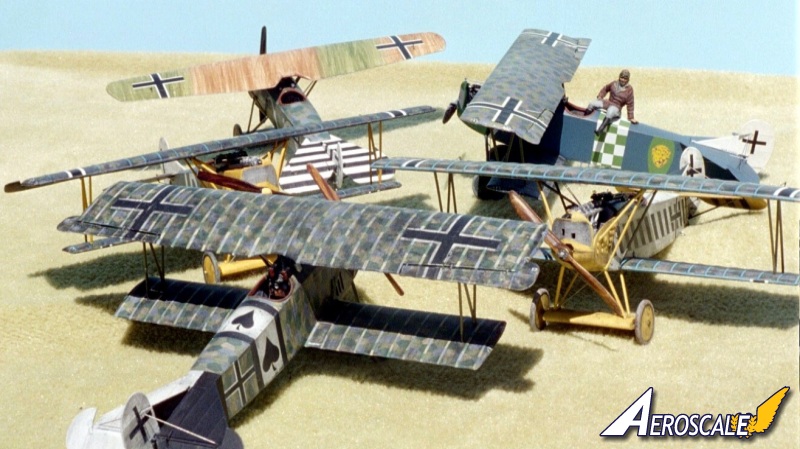
". . .The most important thing is to know why you build and then get the most that you can out of building." via D.D.
Colorado, United States
Joined: January 25, 2004
KitMaker: 11,669 posts
AeroScale: 11,011 posts
Posted: Wednesday, July 25, 2012 - 01:17 PM UTC
The process of turning in aircraft for the surrender began in the weeks before 11.11.18. There were British units already at Nivelles Belgium to serve as cadre for the arriving German units and the handling of personnell transport and the inventory and ultimate disposition & placement of their machines.
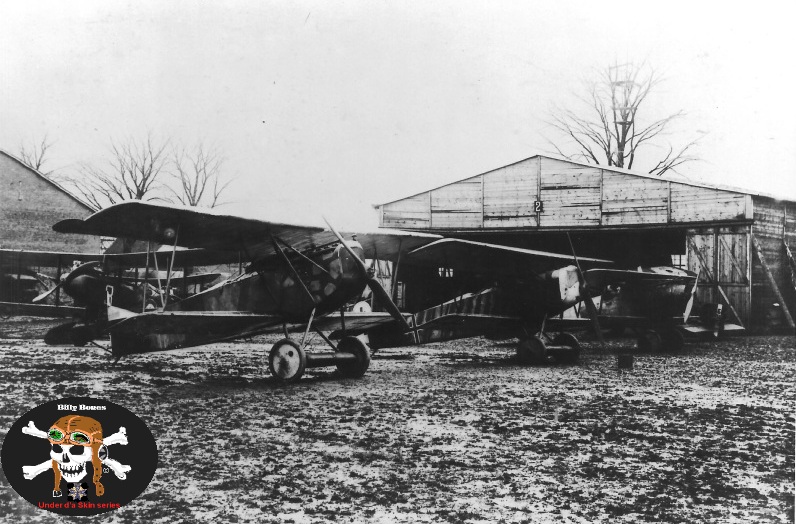
Test grouping #2.
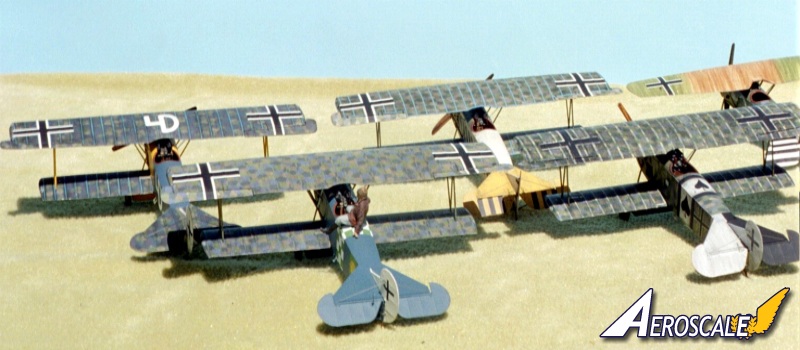
". . .The most important thing is to know why you build and then get the most that you can out of building." via D.D.
Colorado, United States
Joined: January 25, 2004
KitMaker: 11,669 posts
AeroScale: 11,011 posts
Posted: Wednesday, July 25, 2012 - 01:28 PM UTC
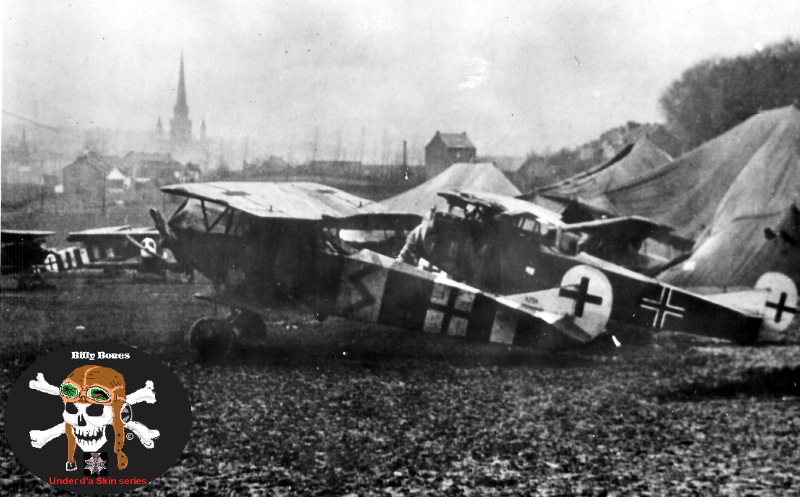
The German units were given orders in the previous days to fly their machines in to Nivelles and turn them in without incident on specific days.
Armee Gruppe Rupprecht. Collection airfield, Nivelles, Belgium.
4 Armee.
Gruja Nr.3
Jasta 14
Jasta 16b
Jasta 29
Jasta 56
Gruja Nr.6.
Jasta 7
Jasta 20
Jasta 40s
Jasta 51
Marine Feld Jagdgeschwader,
MFJ I
MFJ II
MFJ III
MFJ IV
MFJ V
6 Armee.
Gruja Nr.7.
Jasta 28w
Jasta 30
Jasta 33
Jasta 43
Jasta 52
Jasta 63
17 Armee.
Jagdgeschwader Nr.3.
Jasta 2
Jasta 26
Jasta 27
Jasta 36
Gruja Nr.4
Jasta 1
Jasta 57
Jasta 58.
Jasta 59
". . .The most important thing is to know why you build and then get the most that you can out of building." via D.D.
Colorado, United States
Joined: January 25, 2004
KitMaker: 11,669 posts
AeroScale: 11,011 posts
Posted: Wednesday, July 25, 2012 - 01:43 PM UTC
At times there were just a few units in the large airfield. Then there were the days it seemed the whole area was filled with aircraft wing tip to wing tip.
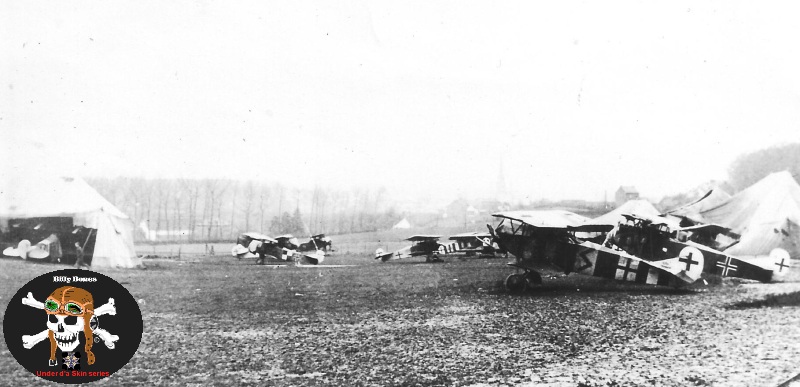
Test grouping #3.

". . .The most important thing is to know why you build and then get the most that you can out of building." via D.D.
Colorado, United States
Joined: January 25, 2004
KitMaker: 11,669 posts
AeroScale: 11,011 posts
Posted: Wednesday, July 25, 2012 - 01:45 PM UTC
Nivelles Belgium 1918. This was originally the home of Jastaschule II. Airfield tents and wooden buildings mark the field's perimeter.
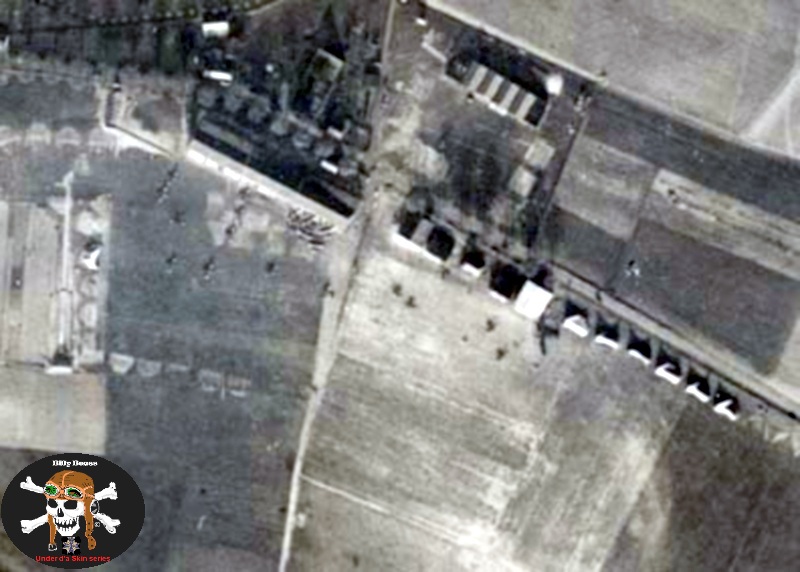
". . .The most important thing is to know why you build and then get the most that you can out of building." via D.D.
Colorado, United States
Joined: January 25, 2004
KitMaker: 11,669 posts
AeroScale: 11,011 posts
Posted: Wednesday, July 25, 2012 - 01:52 PM UTC
Some of the 25 kits for the display I am working on simultaneously.
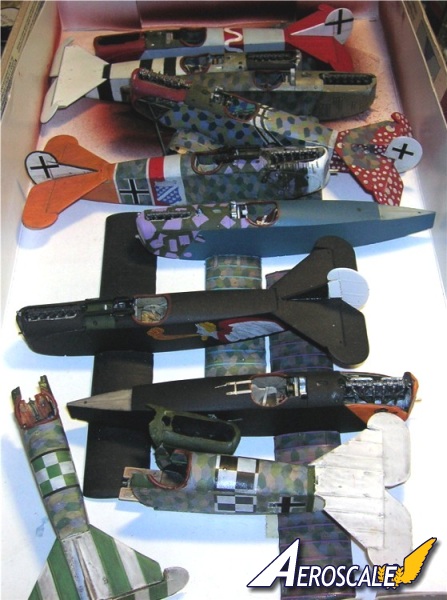
". . .The most important thing is to know why you build and then get the most that you can out of building." via D.D.
Colorado, United States
Joined: January 25, 2004
KitMaker: 11,669 posts
AeroScale: 11,011 posts
Posted: Wednesday, July 25, 2012 - 02:29 PM UTC
I am taking the artisitic license to include aircraft that belonged to the surrendering German units. But no photo image exists of the machine at Nivelles in the public domain. There maybe some written knowlege by the specific pilot that he had a machine but little or nothing is noted about its markings or type designation. As an example I provide the following;
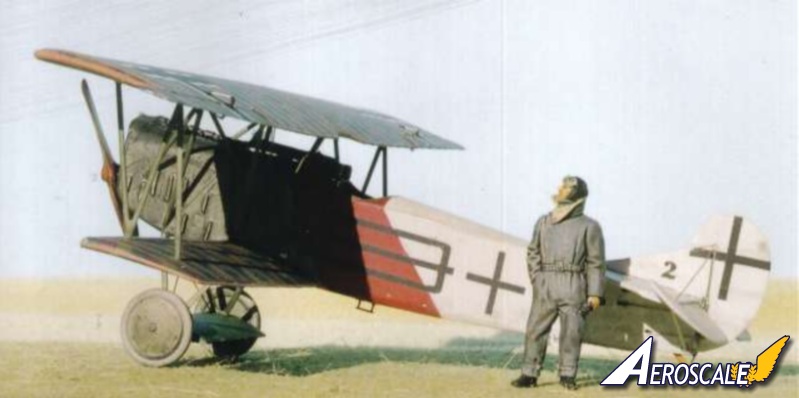
"This kit represents a Fokker D.VII from a late Albatros production batch in the markings of an earlier machine flown by Ltn. Des Res. Raesch of Jasta 43. His earlier machine was destroyed in combat on 25 July 1918. He parachuted to safety and was eventually given another machine. I duplicated the markings from his early Albatros production bird as it was a common practice for a German pilot that lost a machine to reproduce the same markings on his new aircraft to one extent or another.
It is generally known that Jasta 43 received its initial Fokker D.VII aircraft in a transfer from Jasta 18. Ltn. Raesch inherited this machine ( D.525/18 - 874/18/18 Johannistahl built) from the unit’s temporary commander Ltn.d.R. Otto Creutzmann on about 5 June 1918. The three pronged pitchfork is easily recognizable as a manure fork used in cattle and dairy farms. Both Ltn.d.R. Otto Creutzmann and. Raesch had grown up on farms so it is easy to see why it was retained.
Ltn. Raesch crashed the early machine on 25 July 1918. The markings of his late model Fokker D.VII (Alb.) are unknown at this writing. Since many pilots re-applied their old marking to newly assigned machines, I have represented it here. Ltn.d.R. Josef Raesch came from Jastaschule I at Valenciennes on 6 June1918 and served until the end of war. At that time Ltn. Raesch followed his unit to Nivelles to surrender their aircraft."
". . .The most important thing is to know why you build and then get the most that you can out of building." via D.D.
Colorado, United States
Joined: January 25, 2004
KitMaker: 11,669 posts
AeroScale: 11,011 posts
Posted: Wednesday, July 25, 2012 - 02:53 PM UTC
This kit represents a late production Fokker D.VII (OAW) flown by an unknown pilot of Jasta 36. It is well documented that this unit used variations of light and medium blue as a unit marking. This pilot has added a white and medium blue banding around the empennage. The photo image of this machine was probably taken while Jasta 36 was in the field during the war but I include it as having been turned in at Nivelles. From the Fokker D.VII Anthology volume 2.
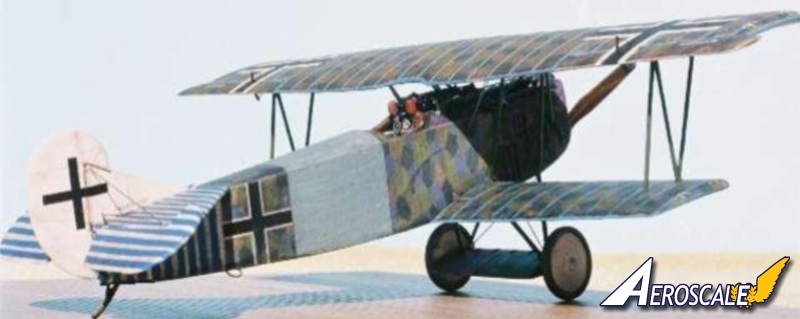
". . .The most important thing is to know why you build and then get the most that you can out of building." via D.D.
Colorado, United States
Joined: January 25, 2004
KitMaker: 11,669 posts
AeroScale: 11,011 posts
Posted: Wednesday, July 25, 2012 - 04:31 PM UTC
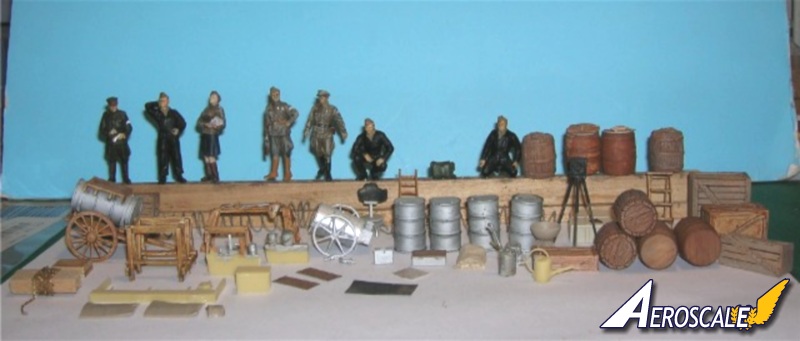
Here are various pieces of field equipment I may use. (The figures are for another diorama.)
". . .The most important thing is to know why you build and then get the most that you can out of building." via D.D.
Colorado, United States
Joined: January 25, 2004
KitMaker: 11,669 posts
AeroScale: 11,011 posts
Posted: Thursday, July 26, 2012 - 03:52 AM UTC
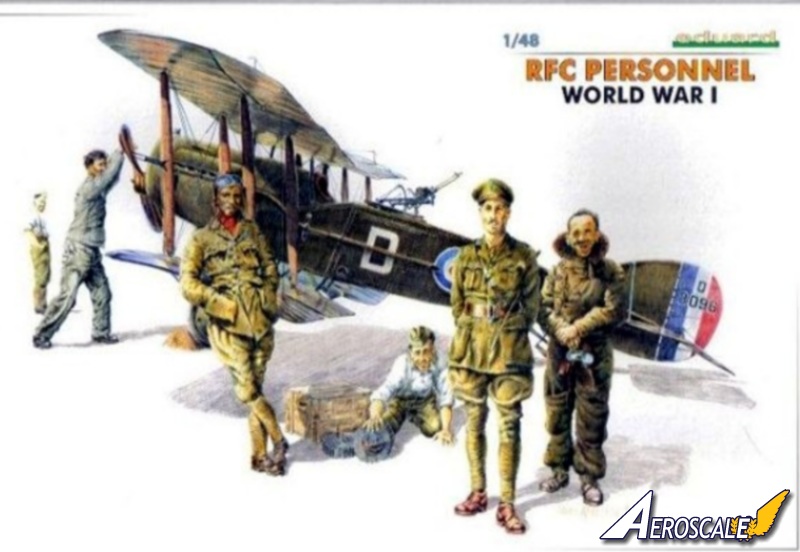
British figures I will include.
Here ". . .The most important thing is to know why you build and then get the most that you can out of building." via D.D.
Alberta, Canada
Joined: July 26, 2010
KitMaker: 1,032 posts
AeroScale: 1,025 posts
Posted: Thursday, July 26, 2012 - 05:26 AM UTC
Monumental undertaking Stephen!
An absolute mega-variety of markings; this will be a Thread to follow closely.
Have fun........suspect you already are!
Cheers,
Lance

Officially Retired as of 20 August 2013 and looking forward to some un-interrupted bench time. Currently starting Roden's Nieuport 28 and hoping to follow that with another WNW Fokker DVII.
England - South East, United Kingdom
Joined: February 05, 2008
KitMaker: 1,381 posts
AeroScale: 1,110 posts
Posted: Thursday, July 26, 2012 - 06:26 AM UTC
great stuff stephen.
were there ever any pictures taken of the chalk markings on the aircraft ?
cheers paul
Colorado, United States
Joined: January 25, 2004
KitMaker: 11,669 posts
AeroScale: 11,011 posts
Posted: Thursday, July 26, 2012 - 12:49 PM UTC
Thank you both for the kind words. Paul, I suspect the chalk inscriptions did not last long. After the aircraft landed and were sorted to one area or another. When they were noted it was probably reported to the NCO in-charge of ground operations and an officer might have been involved, but all ground crews were ordered to remove the offending marks. A simple swipe with a rag and they were gone. But! There are a couple of examples that survived. One from Jasta 3. I'll see if I have an image I can scan. I think it is in Anthology 3. It is a newer Alb. built machine and has "Baucher Jasta 3" in the pilot's left side of the fuselage below and slightly behind the cockpit.
". . .The most important thing is to know why you build and then get the most that you can out of building." via D.D.
Västra Götaland, Sweden
Joined: February 19, 2010
KitMaker: 1,473 posts
AeroScale: 1,450 posts
Posted: Thursday, July 26, 2012 - 08:39 PM UTC
Simply WOW Stephen – this is one fantastic undertaking. Really looking forward to seeing it develop!
Mikael
_________________________________________________________
Just finished the Wingnut Wings Taube. On to the Junkers D.1
Colorado, United States
Joined: January 25, 2004
KitMaker: 11,669 posts
AeroScale: 11,011 posts
Posted: Friday, July 27, 2012 - 02:46 PM UTC
Now that I have listed some of the German units I want to discuss the British units that were stationed at Nivelles during the surrender. Below is a late (Albatros built) Fokker D.VII (Alb.)5278/18 being towed out after disassembly at RAF Sqn 48. At one point this machine had the name "Hertha" on the pilot's left side of the fuselage.
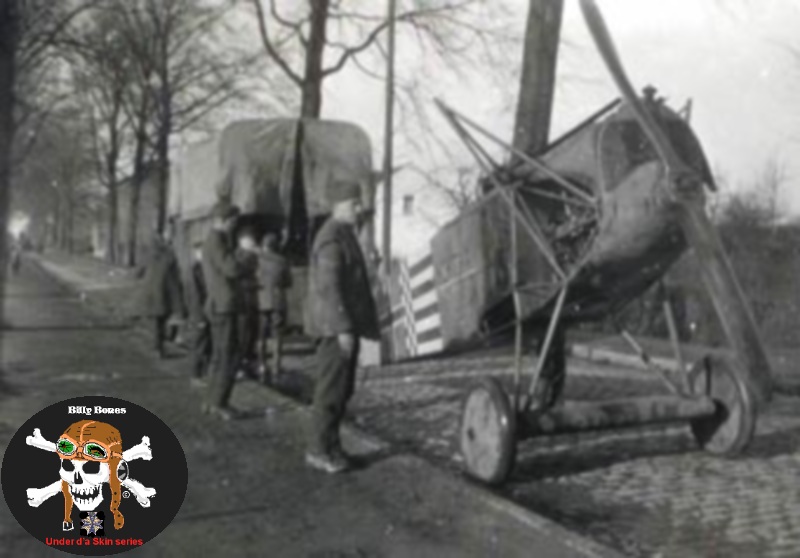
"The airfield had been a German Air Service (Luftstreitkräfte) advanced fighter training centre Jastaschule II and after the Armistice became an assembly point for surrendered (Luftstreitkräfte) aircraft. . . The Armistice terms required the surrender of 1700 aircraft, including in particular the Fokker D.VII, within 31 days of the cessation of hostilities. RAF 48, 29, 79 and 206 Squadrons were based at Nivelles at the time of the mustering of Luftstreitkräfte aircraft. The surrendered aircraft appear to have been disassembled and destroyed & some towed away by truck.
RAF 11, 22, 62, 88 and 107 Squadrons took over the airfield between 18 and 20 December 1918 while the processing of German aircraft was still in progress. 22 Sqn was another F2B unit, and was commanded by Major J A McKelvie - a former temporary CO of 62 Sqn (in 1917)."
http://www.apw.airwar1.org.uk/nivelles.htm". . .The most important thing is to know why you build and then get the most that you can out of building." via D.D.
Colorado, United States
Joined: January 25, 2004
KitMaker: 11,669 posts
AeroScale: 11,011 posts
Posted: Friday, July 27, 2012 - 02:53 PM UTC
Now that we have some background its time to discuss the base on which to display these items.
". . .The most important thing is to know why you build and then get the most that you can out of building." via D.D.
Västra Götaland, Sweden
Joined: February 19, 2010
KitMaker: 1,473 posts
AeroScale: 1,450 posts
Posted: Friday, July 27, 2012 - 08:58 PM UTC
That image of the towed DVII would make a great vignette on its own. Brilliant picture Stephen!
Mikael
_________________________________________________________
Just finished the Wingnut Wings Taube. On to the Junkers D.1
Colorado, United States
Joined: January 25, 2004
KitMaker: 11,669 posts
AeroScale: 11,011 posts
Posted: Saturday, July 28, 2012 - 01:33 PM UTC
Quoted Text
The process of turning in aircraft for the surrender began in the weeks before 11.11.18. There were British units already at Nivelles Belgium to serve as cadre for the arriving German units and the handling of personnell transport and the inventory and ultimate disposition & placement of their machines.

For those of you interested, this and the header image are the same line up from different angles. And here is a third.

The first Fokker D.VII in the image is Ltn. Alfred Lindenberger's Fok.D.VII(OAW)4453/18
". . .The most important thing is to know why you build and then get the most that you can out of building." via D.D.
Colorado, United States
Joined: January 25, 2004
KitMaker: 11,669 posts
AeroScale: 11,011 posts
Posted: Sunday, July 29, 2012 - 05:09 AM UTC
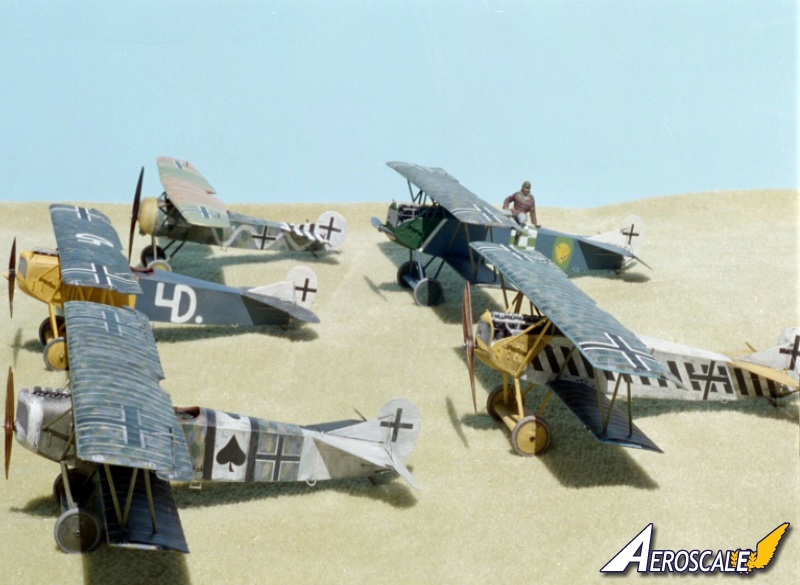
Each single seat 1:48 fighter takes up about 6" X 8". Depending on the placement of each kit The base needs to be about 400 sq inches. Placing some kits wing tip to wing tip and others in groups as if yhe had only arrived recently and were simply pulled aside to get then out of the runway path of further incoming aircraft.
The arrangement for the kits also lends to the idea that the layout can be in several rectangle areas within a square shaped base. So there are four areas of concern. The runway, the collection area, the line up / inspection area and the disassembly area. Note if you will the various test grouping images at the beginning of this thread.
". . .The most important thing is to know why you build and then get the most that you can out of building." via D.D.
Colorado, United States
Joined: January 25, 2004
KitMaker: 11,669 posts
AeroScale: 11,011 posts
Posted: Tuesday, July 31, 2012 - 03:34 PM UTC
All German aircraft were inspected and tested for servicablity or scraping. Note the Jasta 2 aircraft at left is in the two previous real images and in the header image to this thread. The one in the center appers to also be a Jasta 2 machine with early crosses and the one at right is unknown. There is another in the back of the shed but information is lacking.
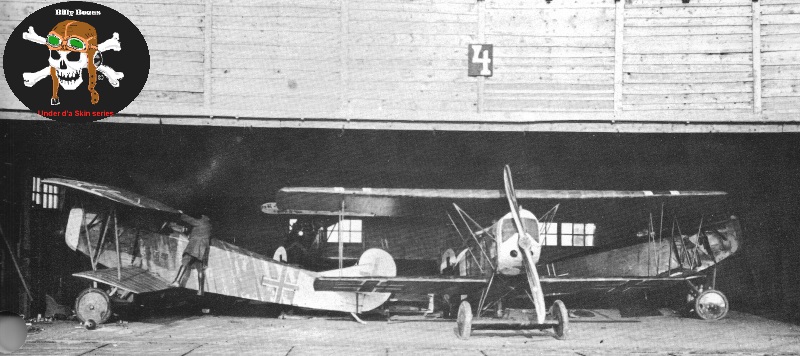
". . .The most important thing is to know why you build and then get the most that you can out of building." via D.D.
Colorado, United States
Joined: January 25, 2004
KitMaker: 11,669 posts
AeroScale: 11,011 posts
Posted: Thursday, August 02, 2012 - 03:31 PM UTC
Here is another Jasta 2 (Boelcke ) machine at Nivelles. Fok.D.VIIF 5109/18, Werkw Nr. 3210 was accepted on 12 September 1918,and had BMWIIIa engine serial No. 1365. Oh well, I had hoped the upper wing was white. Let us discuss the diagonal stripes on the fuselage. The dark stripe could be red or black or dark blue or ??? The light stripe is not white, it has a light grey tone. The over-painted cross is white.
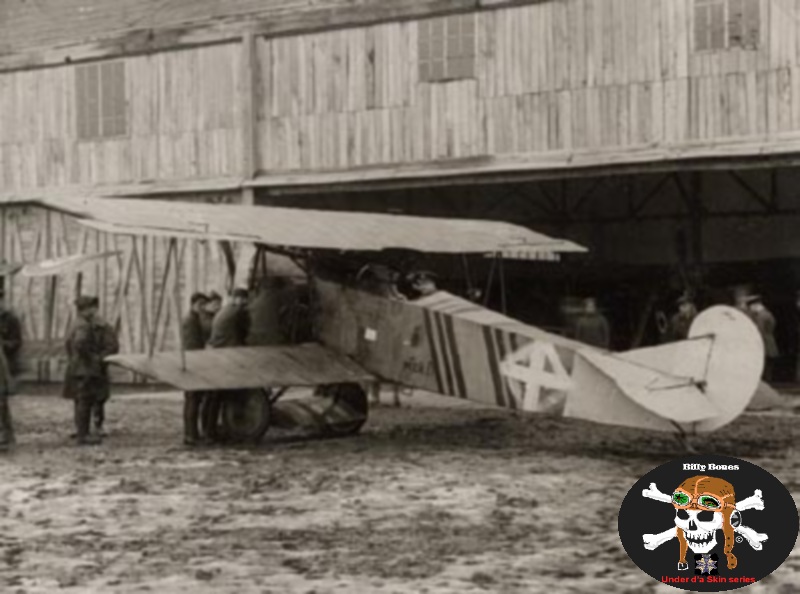
Greg VanWyngarden said, ". . .By the way, many of the Fokkers photographed at Nivelles show similar attempts to paint over or obscure the national cross insignia. There is even some motion picture footage of some of the various D.VII(types) at Nivelles, with the RAF pilots trying them out. . ."
". . .The most important thing is to know why you build and then get the most that you can out of building." via D.D.
Colorado, United States
Joined: January 25, 2004
KitMaker: 11,669 posts
AeroScale: 11,011 posts
Posted: Thursday, August 02, 2012 - 04:57 PM UTC
Late production (almost new) Albatros Johannistahl built Fok. D.VII at Nivelles 1918 - 1919. Note the overpainting to the German crosses post war.
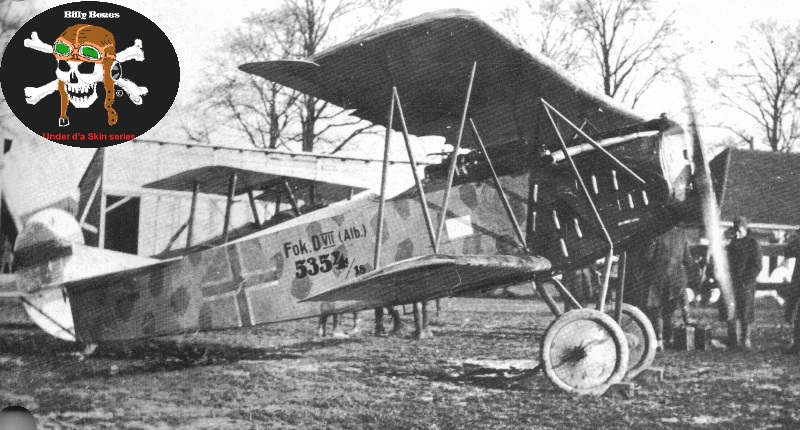
". . .The most important thing is to know why you build and then get the most that you can out of building." via D.D.
Colorado, United States
Joined: January 25, 2004
KitMaker: 11,669 posts
AeroScale: 11,011 posts
Posted: Sunday, August 05, 2012 - 04:34 PM UTC
Got industrious tonight and went back to fix some broken links in the original thread on the Roden 1:48 Fokker D.VII 2003-04.
Here. ". . .The most important thing is to know why you build and then get the most that you can out of building." via D.D.
Colorado, United States
Joined: January 25, 2004
KitMaker: 11,669 posts
AeroScale: 11,011 posts
Posted: Wednesday, August 08, 2012 - 08:25 AM UTC
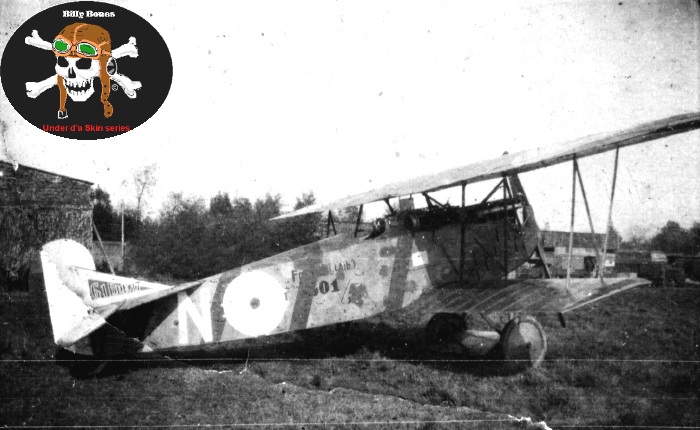
Jasta 1 Fokker D.VII 601/18 at Nivelles Belgium 1918.
". . .The most important thing is to know why you build and then get the most that you can out of building." via D.D.


































